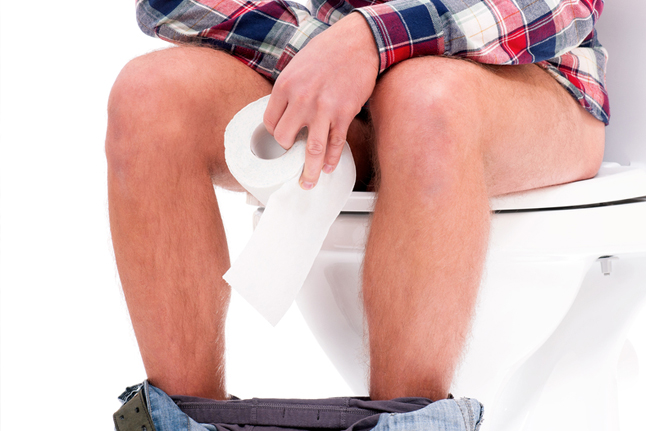Bowel
About one in 20 people experience poor bowel control. It’s more common as you age however younger men can also have poor bowel control. It is common that people with poor bowel control also can experience poor bladder control.
Bowel dysfunction can present in a number of ways including:
- Faecal incontinence which is the involuntary passage of stool, or bowel motions or liquid. Faecal incontinence may be pieces in the underwear or smearing on the underwear.
- Flatal incontinence – the inability to hold flatus or wind
- Anal incontinence is a combination of faecal and flatal incontinence.
- Constipation which is straining at least 25% of the time when opening the bowels, lumpy or hard stools at least 25% of the time and less than 3 bowel motions per week
- Bowel urgency which is a sudden compelling urge to open the bowels
- Inability to pass a bowel motion without pain
- Inability to completely empty the bowels.
Management of bowel conditions includes:
- Rehabilitation which may include pelvic floor muscle exercises, otherwise known as Kegel exercises, bowel sensory and biofeedback retraining and changes to lifestyle and bowel habits and pain management.
- Physical assessment of the pelvic floor function, strength and endurance
- A thorough assessment of the condition, medical history and current health, including diet and fluid intake, exercise levels and mobility, all the medicines you are currently taking, and any other factors that could affect bowel function
- Use of Real Time Ultrasound to facilitate rehabilitation
- Assistance with continence aids such as pads and pants.
Outcomes from treatment may include:
- Correct pelvic floor muscles exercises which can increase the size, strength and length of the pelvic floor muscles.
- Decreased incontinence, flatus/wind or urgency
- Reduced usage of pads
- Improved control
- Reduced pain
- Increased confidence and reduced financial burden




